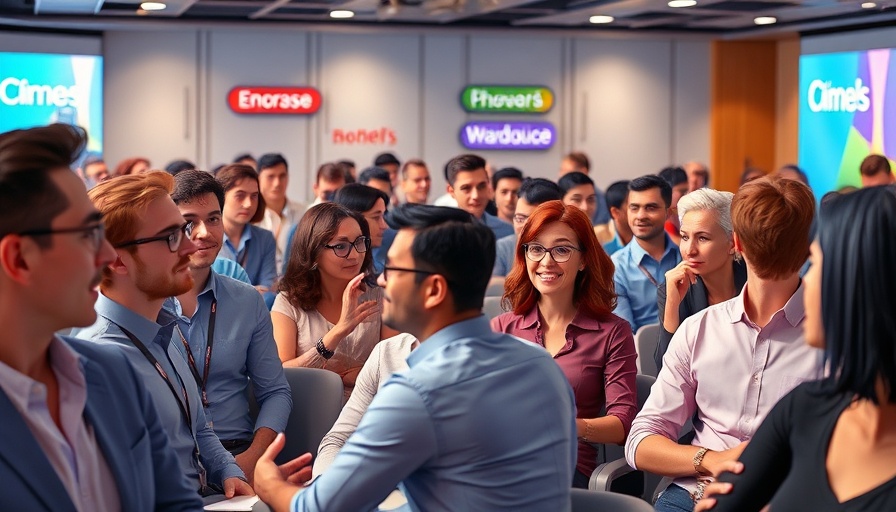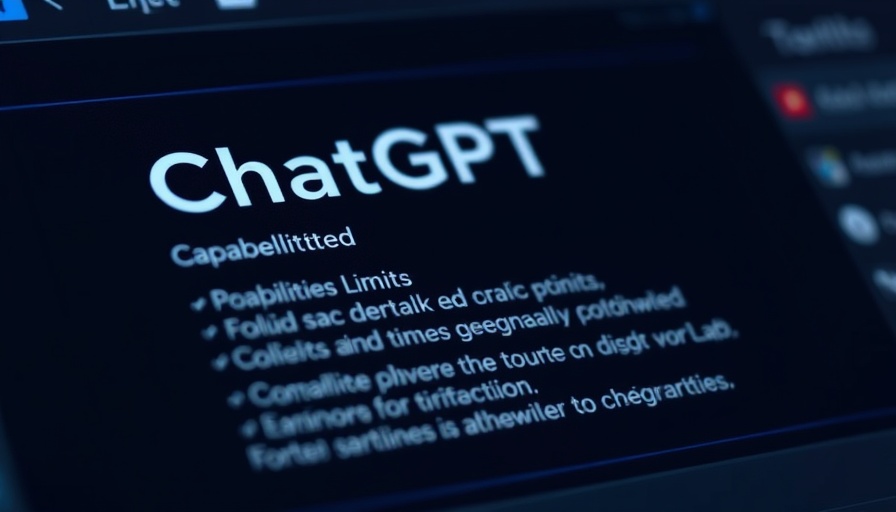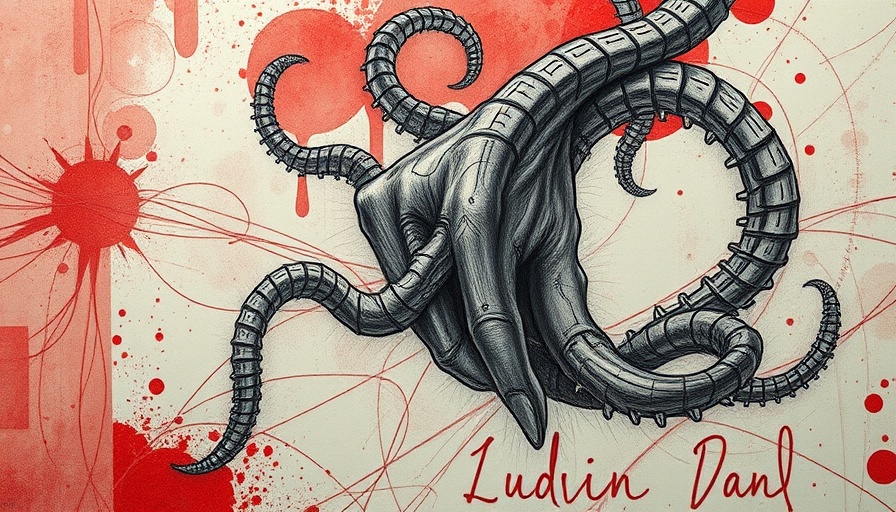
Revolutionizing Image Generation: ChatGPT's Latest Tool
OpenAI has taken a significant step forward with its new image generator integrated into ChatGPT, reshaping how users can engage with AI technology. The tool, announced recently, allows users to transform images in stunning ways, but it also raises important questions about copyright and intellectual property.
Rethinking Copyright in the Age of AI
The introduction of powerful AI image generators opens new doors but also challenges current intellectual property laws. Traditionally, copyright law has protected creators from unauthorized use of their work. However, with ChatGPT's latest tool, users can generate images that are influenced by established styles or existing media, which begs the question: where does inspiration end, and plagiarism begin?
This situation is precarious, particularly as users begin generating images that mimic the likeness of well-known franchises like The Simpsons or popular artists. As creators experiment by blending styles and attributes, the potential for copyright infringement rises. While OpenAI’s tool caters to creative expression, it’s crucial for users to understand the risks involved.
Unleashing Creativity: What's Possible With ChatGPT's Image Generator
One of the most captivating aspects of the new image generator is its versatility. Users can engage in a myriad of projects, from personalizing photos to creating professional-grade graphic designs. For instance, one user transformed friends and family into Muppets and Lego figures, illustrating the tool’s depth in style adaptation.
What sets ChatGPT apart is its ability not only to create but also to combine functionalities previously reserved for professional artists and graphic designers. The new generator has refined text-rendering within images, providing users a text clarity that earlier AI tools often struggled to achieve. This new feature encourages creativity while simultaneously expanding the boundaries of image manipulation.
The Implications of Rapid Technological Innovation
As OpenAI continues to innovate, competition in the AI image generation space is intensifying. Notably, Elon Musk's Grok mirrors many capabilities without stringent safeguards, whereas Adobe's Firefly emphasizes safe commercial use by utilizing licensed training data. This diverse approach to AI development reflects a broader conversation about the balance between creativity and ethical standards.
Future Trends: Navigating the Landscape of AI-Generated Content
As AI tools become more sophisticated, the future of content creation is poised for transformation. Predictions suggest that we may see an increase in AI-generated art where the lines between human creativity and machine-generated content blur. Users will need to navigate this future with an understanding of the responsibilities and complexities involved.
With the power to create comes the need for ethical considerations. For AI enthusiasts, this evolution serves as a call to understand both the innovative potentials and the challenges this technology brings. Awareness of copyright and ethical use will be paramount as these tools proliferate.
Conclusion: Embracing Responsible Creativity in an AI Landscape
OpenAI's new image generator offers exciting possibilities for enhanced creativity but also emphasizes the need for critical engagement with the implications of such technology. As you explore these tools, keep in mind the legal landscape surrounding image generation and strive for responsible creations. Are you ready to experiment with AI while respecting intellectual property rights?
 Add Row
Add Row  Add
Add 




 Add Row
Add Row  Add
Add 

Write A Comment